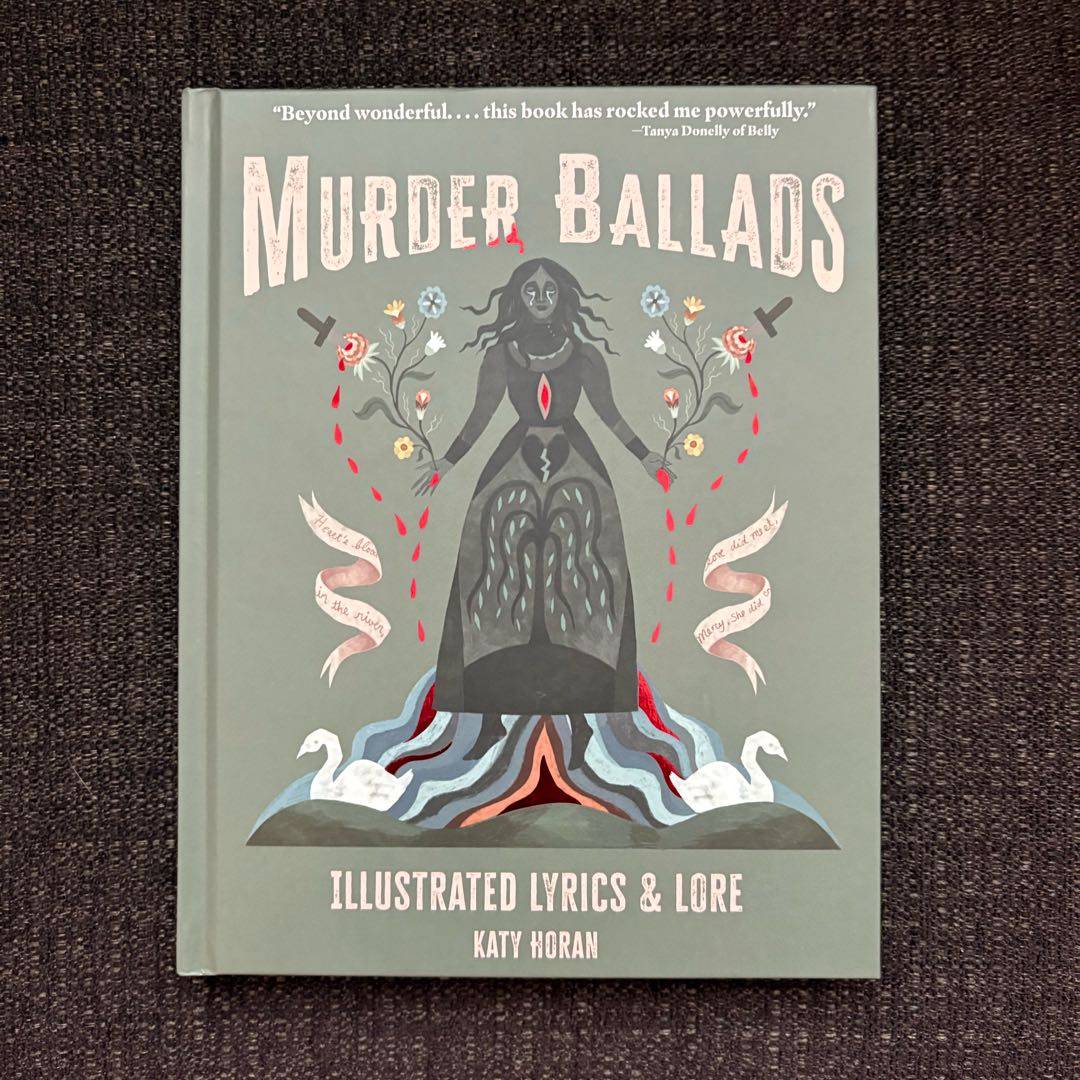
Read a great review of this book in the NYT (of all places) and it sounded fascinating. This is an illustrated history of 20 (or so) murder ballads from Europe and the US and I‘m anticipating a very interesting read.

Read a great review of this book in the NYT (of all places) and it sounded fascinating. This is an illustrated history of 20 (or so) murder ballads from Europe and the US and I‘m anticipating a very interesting read.
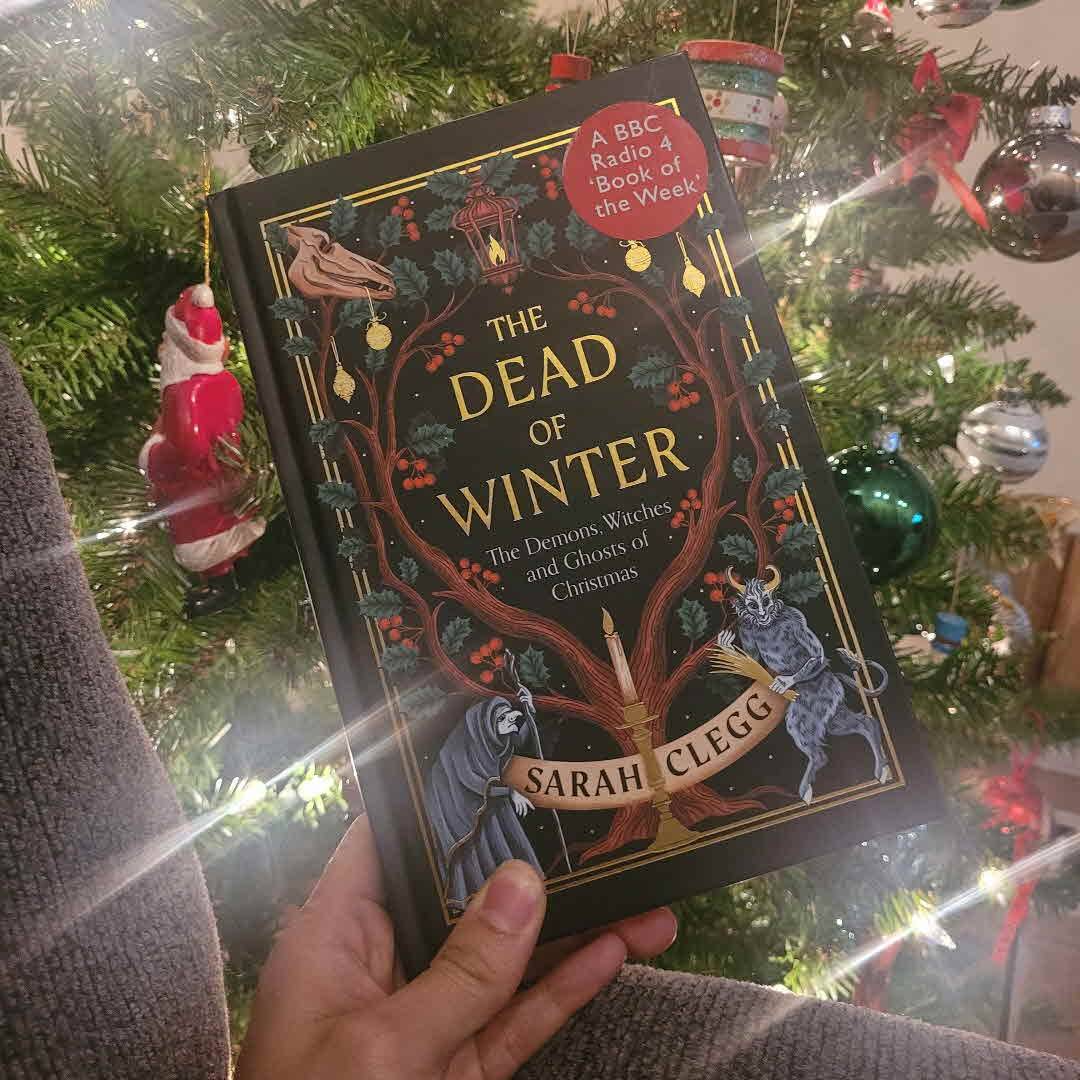
My early Xmas gift to me has arrived 🎄🖤
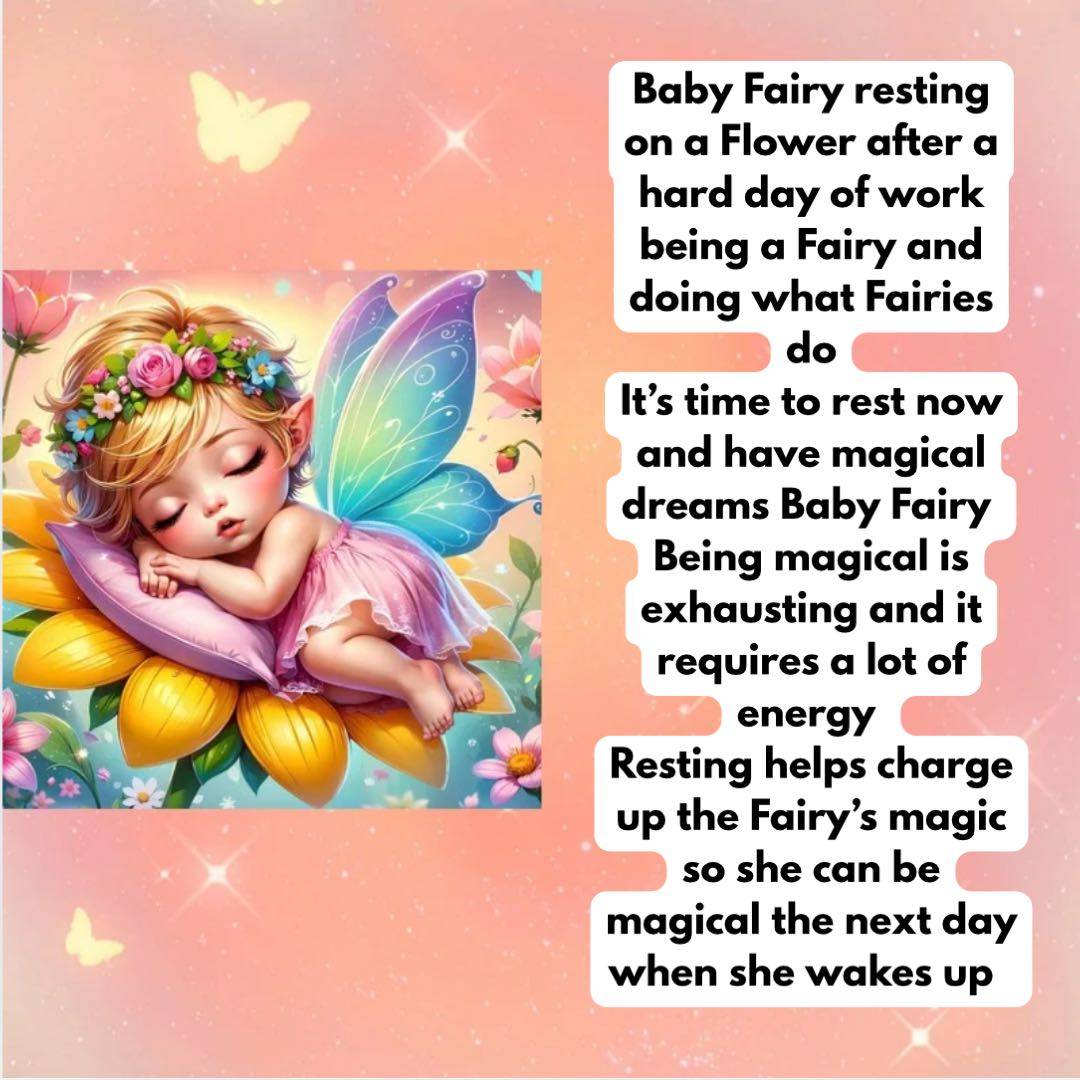
I colored this picture and wrote this story about it.
#haiku #haikuhive

What I love most about this collection is that Hearn so loved Japan and understood how culturally important it was to capture these tales as accurately as possible. He didn‘t try to Westernize anything, he wanted to bring the culture to the attention of the Western world in its true form. I love him for that. I loved reading these supernatural tales and will be seeking out more.
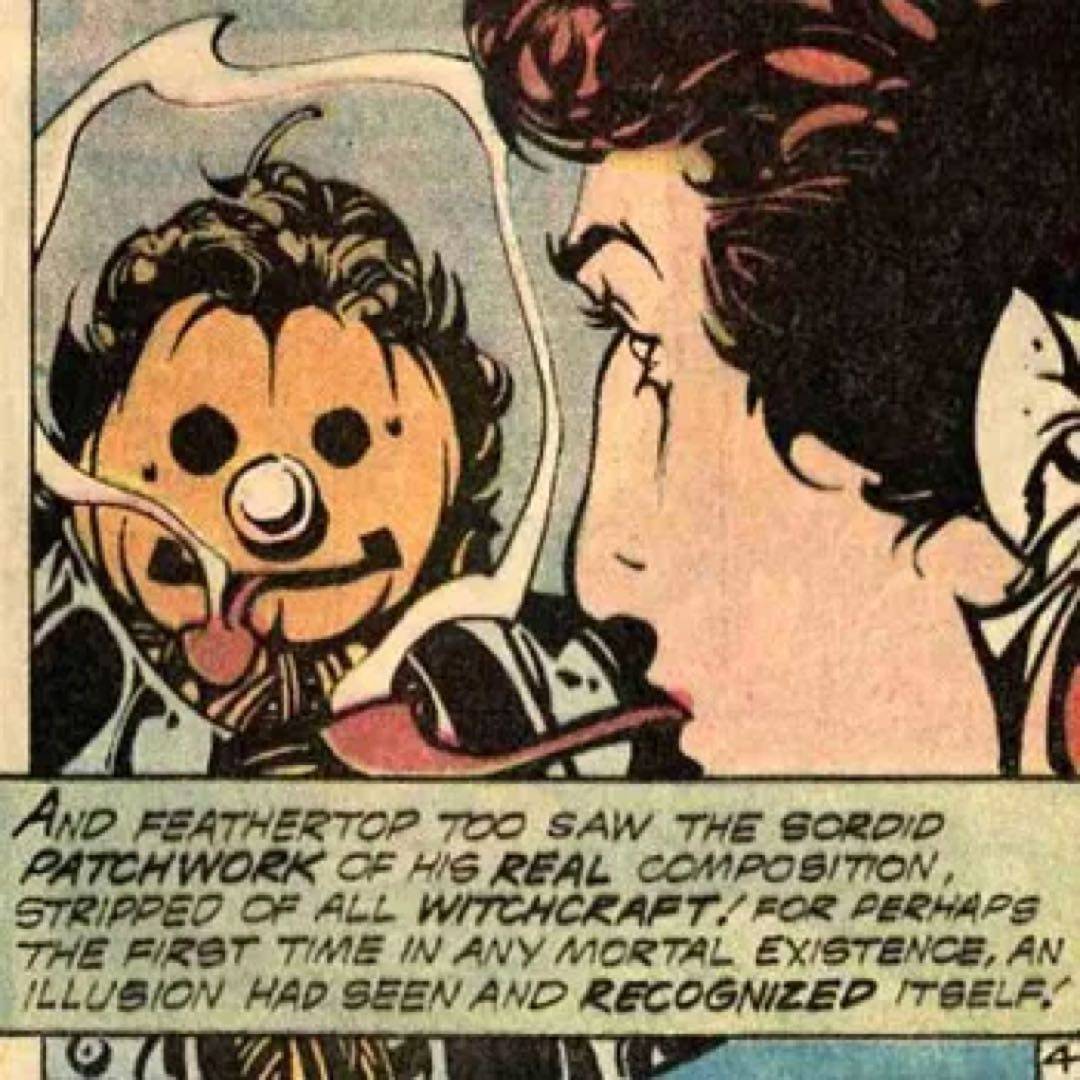
Unless you‘re an indigenous person in America, your ancestors are from somewhere else. Authors like Nathaniel Hawthorne wanted to establish a uniquely American voice. However, it was hard to escape their European roots. (Also, I don‘t remember if there were any POC authors/tales represented in this collection and I know they existed. So I‘ll offer up Julius Lester‘s edition of Brer Rabbit tales.) Feathertop was probably my favorite tale.
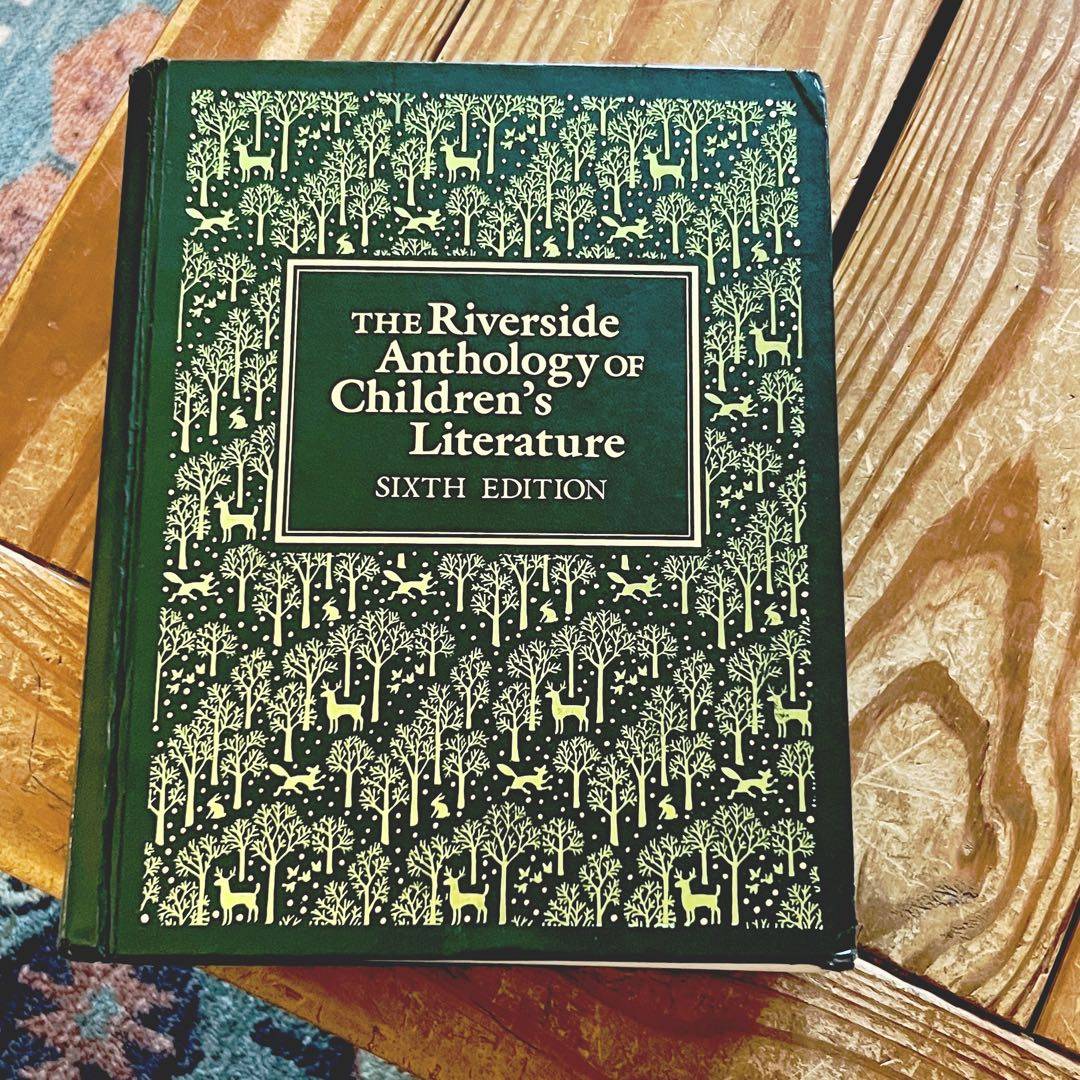
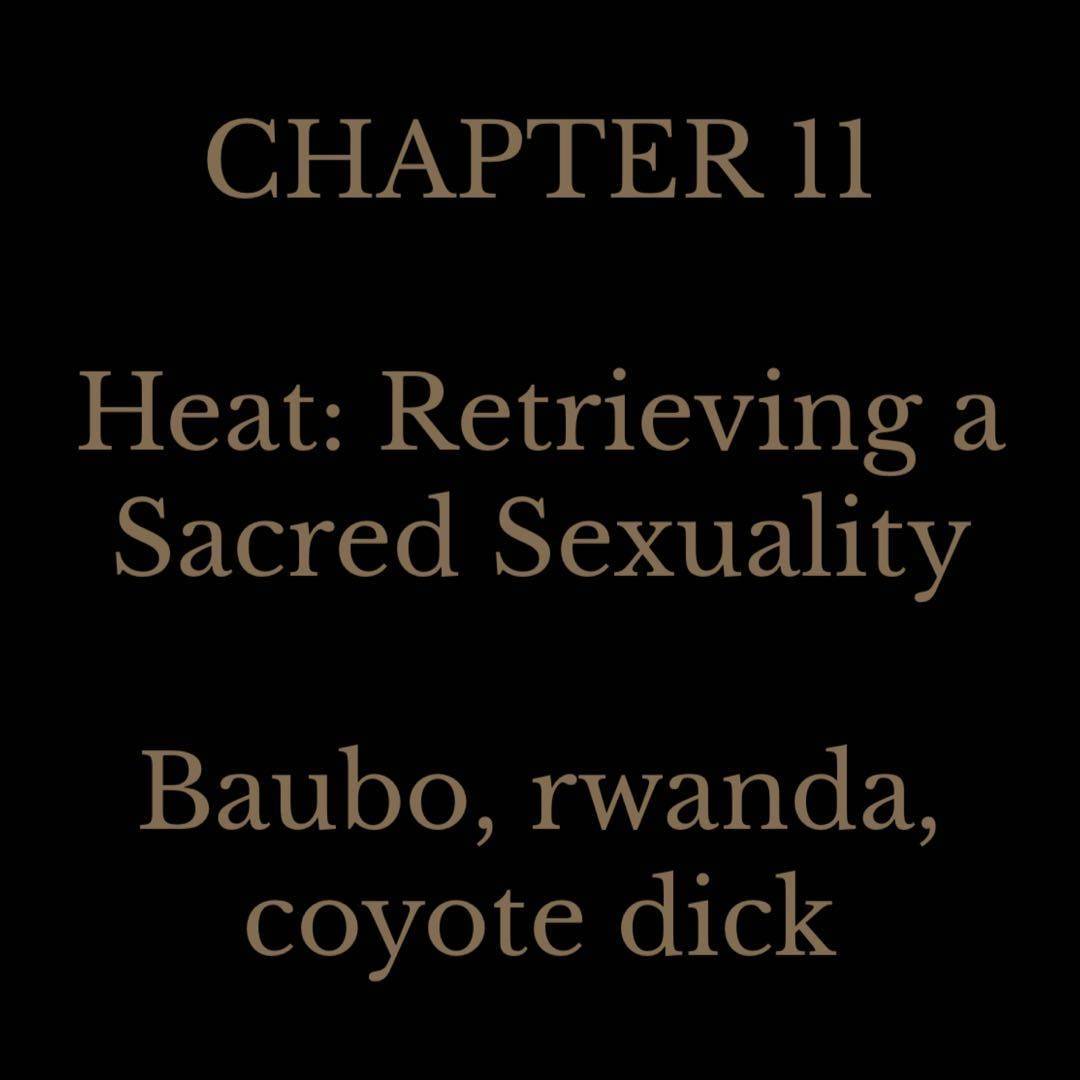
OH HERE WE GO!!! Anytime someone writes about sacred sexuality, they always get weird with it. I‘m either laughing or cringing, and sitting here thinking… yeah no. I‘m already getting ‘yeah no‘ vibes from this book, so this is just going to be… 🤣😂🤦🏻♀️… bloodily brilliant. I think I‘m going to have to take a minute before diving into this chapter… at least until I stop laughing about the title of the chapter.

I went to Maui Friends of the Library in Kīhei yesterday and came away with some fun stuff! They had tons of lovely Hawaiiana and I had to keep reminding myself how much space is left in my suitcase!
2 books, 2 cds (yes, I still listen to cds 👵🏻), and a set of cards made by a Maui artist named Shanti Rowley! +1 free bookmark
Very friendly staff as well. 🌺📚 Mahalo!

Most are a variety of “just-so” stories of the Cherokee people, with some history thrown in (Trail of Tears, Wounded Knee) and beautifully illustrated by Elizabeth Ellison. I picked this up in Cherokee, NC last summer. It‘s a quick read, and full of gentle humor.
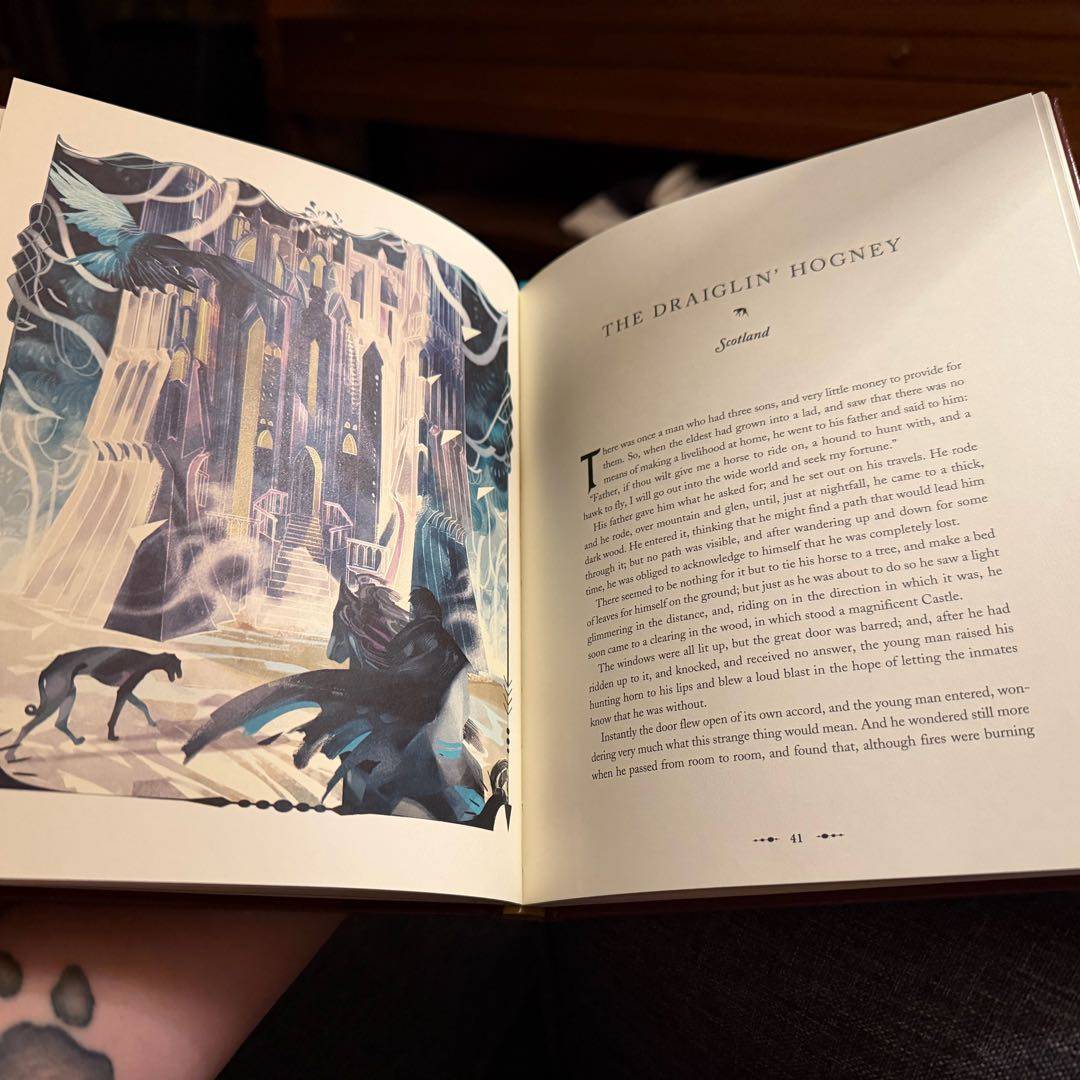
A fun insight to different legends and myths around the world. Was definitely a fun read on a cold night 😃